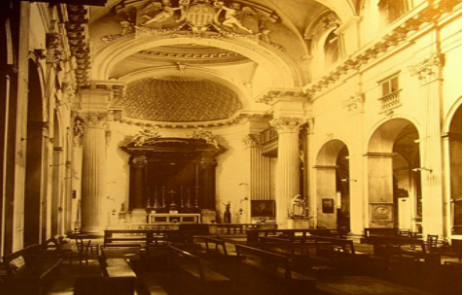Were Pagan Temples All Smashed Or Just Converted Into Christian Ones?
How and why were agnostic sanctuaries changed over into Christian holy places in the later Roman domain? New research concentrated on the city of Rome proposes a more quiet change from agnosticism to Christianity, as opposed to the conflict, bash and "fall" championed for many years.
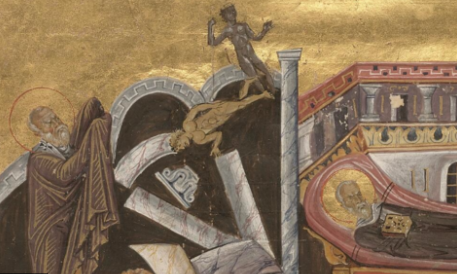
In another article in the Journal of Late Antiquity, old student of history Feyo Schuddeboom contends that while the transformation of agnostic sanctuaries into holy places "has generally been clarified as an image of Christian triumph over agnostic religions", we ought to maybe start to see these progressions to sanctuaries as more sober minded. Put basically: Why crush when you can redesign?
The picture of exasperated early Christian crowds pulverizing Greco-Roman sanctuaries comes to some extent from the early present day time frame. Back in the late eighteenth century, rocker student of history Edward Gibbon gave a perspective of sanctuary devastation that had enduring repercussions. In his epic work, History of the Decline and Fall of the Roman Empire he depicted the tearing down of the Serapeum in Alexandria as illustrative of the domain all in all. He likewise depicted it as an immediate strike on Roman worshipful admiration: "The pieces of old virtuoso, such a significant number of which have hopelessly died, may definitely have been excepted from the disaster area of excessive admiration for the delight and guideline of succeeding ages." As Schuddeboom calls attention to, it was not until the point when substantially later that students of history started to all the more methodicallly take a gander at the archeological stays of agnostic sanctuaries and to display a thinking for their demolitions.

Boss among these was paleologist and workmanship student of history Friedrich Wilhelm Deichmann, who in 1939 give sanctuary demolition a role as went for demonstrating the "triumphing" of Christianity over Greco-Roman agnosticism. In any case, archeologists in Rome and somewhere else have now started to receive a more sober minded perspective of Christian treatment of agnostic sanctuaries; showing that many were remodeled, sanctified and afterward reused as places of worship as opposed to crushed to bits.
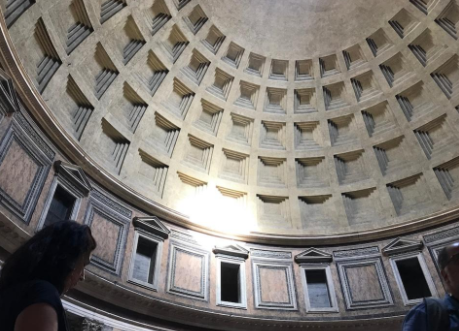
Schuddeboom takes a gander at the proof from Rome, which encountered the most sanctuary transformations of any known city in western Europe. Transformation is frequently not broadly known. Those meeting the Pantheon today are frequently astounded to find that it was changed over into a congregation called Santa Maria advertisement Martyres (or Santa Maria dei Martiri) toward the start of the seventh century. Schuddeboom records the known houses of worship inside Rome that used to be agnostic sanctuaries: "There are by and large eleven known sanctuary transformation locales in Rome, at the chapels of San Bartolomeo all'Isola, San Basilio, San Lorenzo in Miranda, Santa Maria dei Martiri, Santa Maria de Secundicerio, San Nicola in Carcere, San Nicola dei Cesarini, San Sebastiano al Palatino, Santo Stefano delle Carrozze, Sant'Urbano alla Caffarella, and the speech of Saints Peter and Paul (now Santa Francesca Romana)."
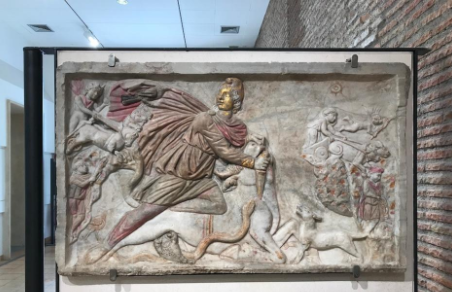
Notwithstanding these, there are three Roman asylums to the god Mithras, called Mithraea, that Christian specialists worked over with new places of worship. A standout amongst the most acclaimed of these can at present be gone to today under the congregation of San Clemente, close to the Roman Colosseum.
At the point when Christianity initially started to spread inside the city of Rome and somewhere else in the realm, especially following Constantine's triumph at the Battle of the Milvian Bridge on October 28th of the year 312, the city experienced a time of new building. Schuddeboom comments that there was a rage to fabricate new structures instead of change over sanctuaries: "In the fourth and fifth century, there were no transformations of sanctuaries in Rome by any means. Rather, all the confirmation that we have focuses to the new development of holy places on a great scale." Major basilica building was the concentration of the sovereign and religious administrators inside the city, however that didn't mean they overlooked the old Roman sanctuaries.
In the fourth century, Roman sovereigns really found a way to secure key agnostic sanctuaries: "That Christian heads kept on ensuring the sanctuary structures of Rome is apparent from their enactment. A law by Constantius and Constans, issued to the urban administrator of Rome, effectively endorsed that 'albeit all superstitions must be totally annihilated, all things considered, it is Our will that the structures of the sanctuaries arranged outside the dividers might stay untouched and uninjured'" (Theodosian Code, 16.10.3).
The building blast ran as an inseparable unit with approach. The ruler Theodosius banned agnosticism and every associated custom in 392 CE. However, into the fifth century, sanctuaries in Rome were not annihilated it appears. Just different havens of Mithras were crushed and filled in with rubble right now, before at last being utilized as the establishment for new places of worship.
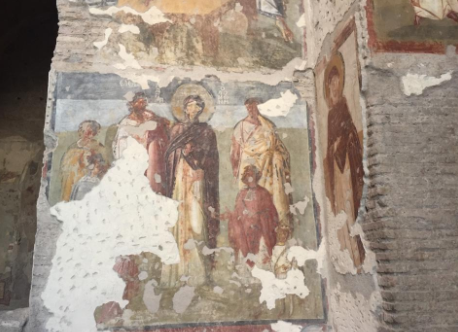
In the 6th and seventh hundreds of years was the point at which another strategy started to flourish concerning Christian sanctuaries. The prior Gothic War and sacks of the city implied that new working inside the city was constrained. New development concentrated on littler chapels and spots called diaconiae, where poor people could be given philanthropy. Into the 6th and seventh hundreds of years, in any case, various structures and after that agnostic sanctuaries were changed over in and around the Roman Forum: Vespasian's Forum of Peace was changed over into a congregation committed to the doctor holy people Cosmas and Damian, a Roman guardhouse was patched up into Santa Maria Antiqua and the Roman Senate House (the Curia Senatus) was made into a congregation called Sant'Adriano.
Into the eighth and ninth hundreds of years of the early medieval period, various houses of worship were assembled basically upon the platform vestiges of prior Roman sanctuaries. As opposed to having many building crushed to bits by furious Christians since they were agnostic, numerous sanctuaries were quarried for materials that could be reused (e.g. for costly marble, bronze and profitable wood) and after that places of worship were based upon them.
While down to business sanctuary change is a far less "fire and brimstone" story than Gibbon may have preferred, it is one considerably more in accordance with the archeological proof. It likewise bolsters the possibility of change as opposed to a "fall"; an approach championed by researchers, for example, Peter Brown. While some agnostic sanctuaries were to be sure devastated totally for their worshipful admiration, Rome's remaining parts would recommend that much more were just changed over, reestablished and reused in another, more Christian setting.
On the off chance that lone HG-TV had been around in the early medieval times for this sort of house-flipping. We'd most likely have a really awesome show staring us in the face.
